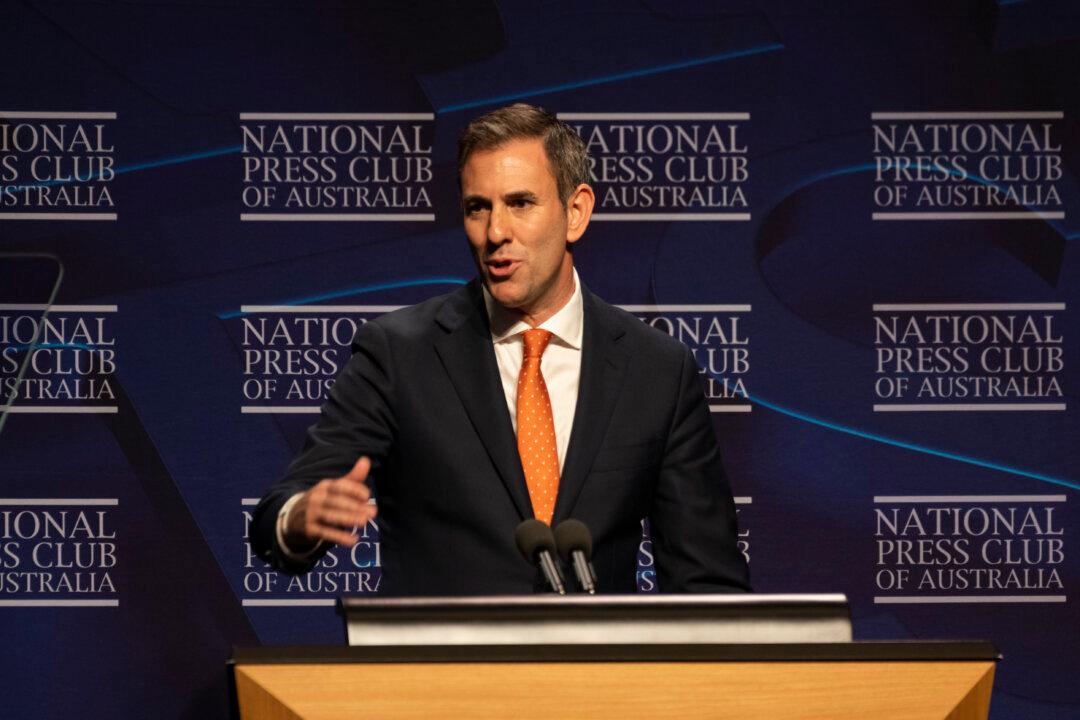The Australian government has released its 2023 blueprint for “modernising” the country’s financial system as it seeks to adapt to the rapid changes in the market and provide a more level playing field for businesses and consumers.
The first priority mentioned in the blueprint is to update and improve Australia’s payments system via introducing a “strategic plan” in the first quarter of 2023, which sets out the government’s policy objectives for the system.





